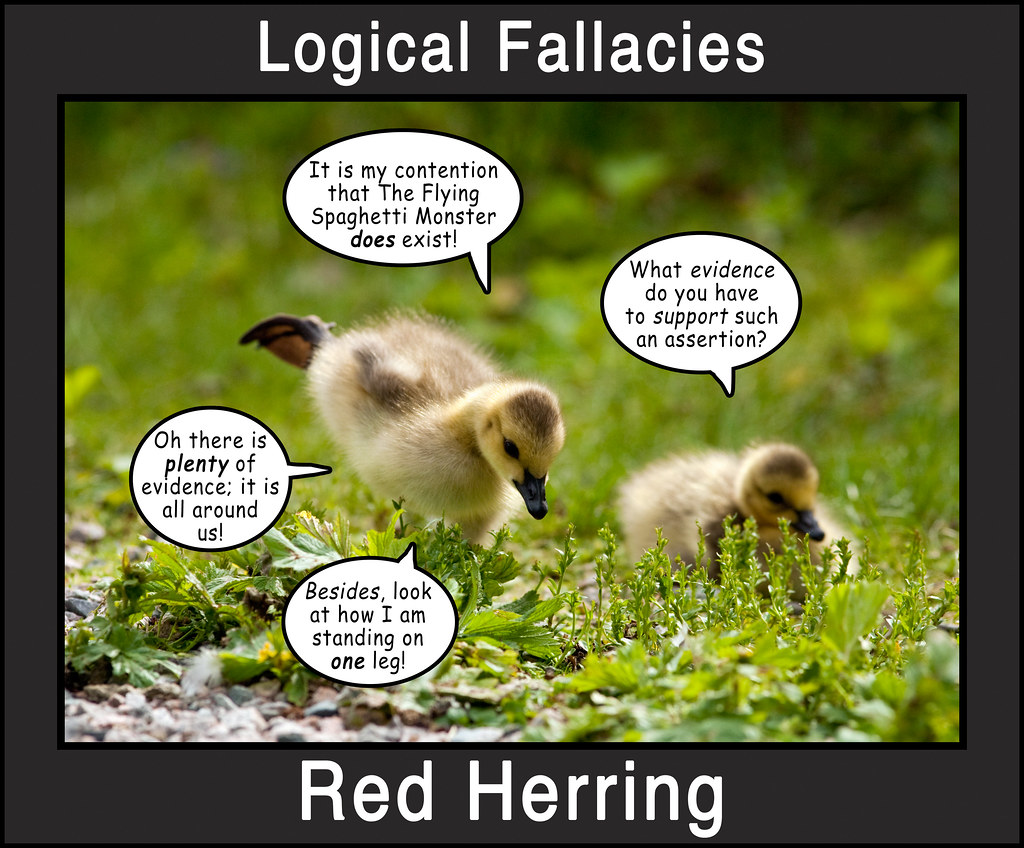


The red-herring tag in White 9 is based on a mistake in understanding the basic facts of autumn leaf coloration. This welcome change (reflecting a decade of scientific effort and progress in this issue) seems to clean the major red-herring tag from this hypothesis. While Schaefer was the most critical figure toward the autumn leaf co-evolution hypothesis, e.g., 8, 21 - 26 recently, as a co-author in the very important book about plant-animal signaling 14 the tone in an elegant review and analysis of the issue in this book is dramatically more moderate.

11 - 14 Following the clear evidence that many aphids are attracted to yellow leaves rather than repelled by them 15 - 19 it is now broadly recognized that yellow and red autumn leaves have a different biology including cuing/signaling to herbivorous insects, and that focusing on the differences between yellow and red autumn leaves may better explain the very complicated and multi-adaptive autumn leaf color phenomenon. 8, 9 While the co-evolutionary hypothesis certainly does not explain all the aspects of the very complicated and taxonomically and geographically diverse phenomenon of red and yellow autumn leaves, e.g., 10, 11 it seems to explain part of this very broad and diverse phenomenon. A recent plant signaling hypothesis of the co-evolution of red and yellow autumn leaves positing that bright autumn leaf colors signal herbivores, especially aphids, about the defensive qualities of the trees 5 - 7 (also known as the “leaf signal theory”) 8 that has been hotly discussed since its publication, was awarded two red herrings.


 0 kommentar(er)
0 kommentar(er)
